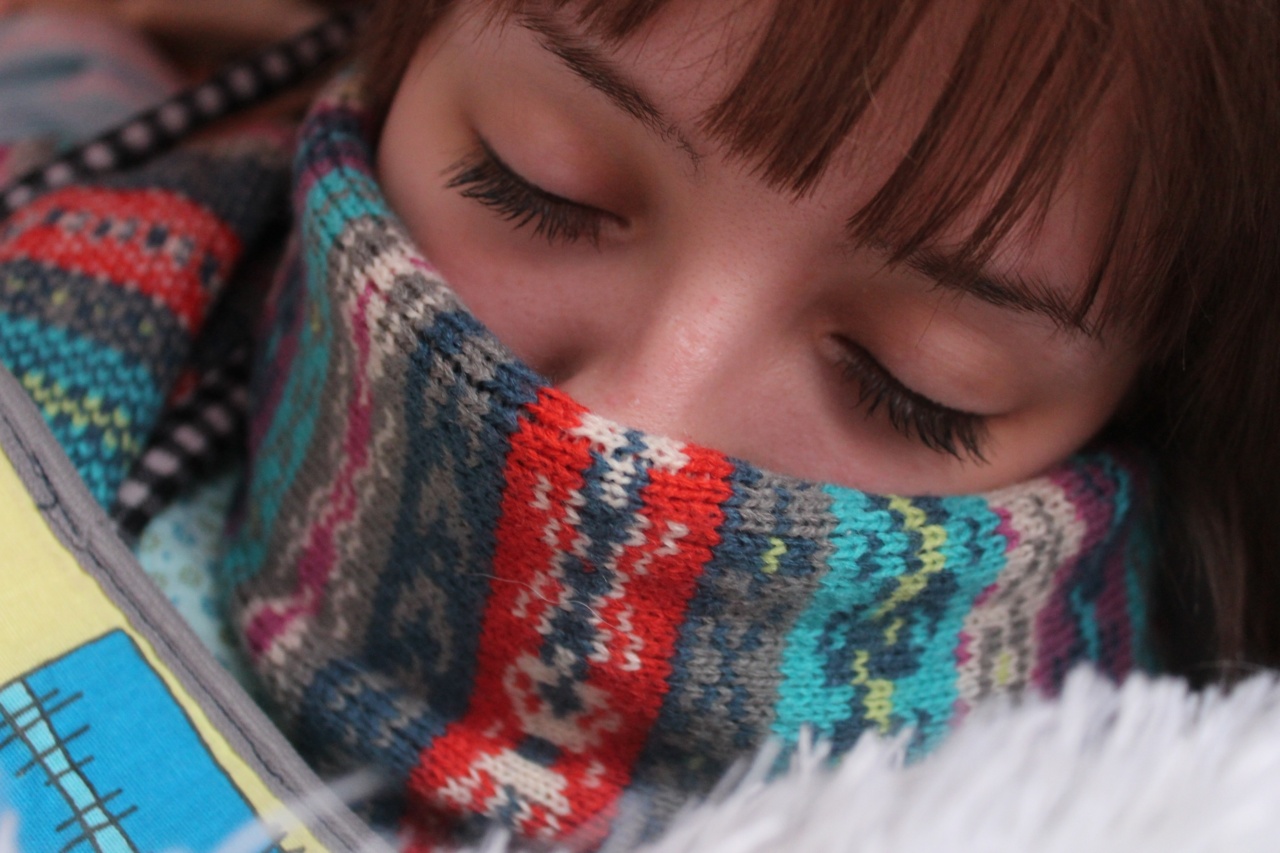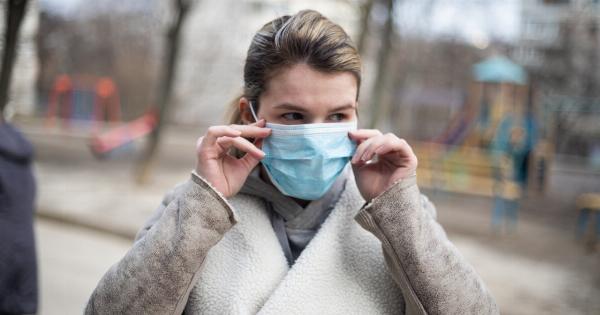Welcome to our informative quiz on the common cold and flu! Test your knowledge and see how well-equipped you are to keep these pesky viruses at bay.
Don’t worry, we’ll provide explanations for each correct answer, so you’ll learn something new along the way. Let’s get started!.
1. What causes the common cold and flu?
a) Bacteria
b) Viruses
c) Fungi
d) Allergens.
2. Which of the following is NOT a symptom of the flu?
a) Fever
b) Runny nose
c) Fatigue
d) Sore throat.
3. True or False: Antibiotics are effective in treating the common cold and flu.
a) True
b) False.
4. How are cold and flu viruses mainly transmitted?
a) Sneezing and coughing
b) Touching objects or surfaces contaminated by the virus
c) Close contact with an infected person
d) All of the above.
5. Which flu strain caused the 1918 Spanish flu pandemic?
a) Influenza A (H1N1)
b) Influenza B
c) Influenza C
d) Influenza D.
6. What age group is most susceptible to severe flu complications?
a) Infants and toddlers
b) Teenagers
c) Adults over 65
d) Pregnant women.
7. What can help prevent the spread of colds and flu?
a) Frequent handwashing
b) Getting vaccinated
c) Covering mouth and nose when coughing or sneezing
d) All of the above.
8. Can you get the flu from the flu vaccine?
a) Yes, always
b) No, never
c) Only in rare cases.
9. How long does the average cold last?
a) 1-2 days
b) 3-4 days
c) 5-7 days
d) 10-14 days.
10. What should you do if you have flu-like symptoms?
a) Ignore the symptoms and continue with your daily routine
b) Visit a healthcare provider
c) Start taking antibiotics
d) Increase your daily intake of vitamin C.
Quiz Results:
1. Answer: b) Viruses.
Viruses are the primary cause of both the common cold and flu. Bacteria, fungi, and allergens are not responsible for these viral infections.
2. Answer: b) Runny nose.
While a runny nose is a common symptom of the cold, it is not typically associated with the flu. Fever, fatigue, and sore throat are more commonly seen in flu cases.
3. Answer: b) False.
Antibiotics are ineffective against cold and flu viruses. These infections are caused by viruses, and antibiotics only work against bacterial infections.
4. Answer: d) All of the above.
Cold and flu viruses can be transmitted through sneezing and coughing, touching contaminated surfaces, or close contact with an infected person.
5. Answer: a) Influenza A (H1N1).
Influenza A (H1N1) caused the 1918 Spanish flu pandemic, which had a devastating impact worldwide.
6. Answer: c) Adults over 65.
While anyone can develop complications from the flu, adults over 65 are at a higher risk. Other high-risk groups include young children, pregnant women, and individuals with certain health conditions.
7. Answer: d) All of the above.
Practicing good hygiene habits like frequent handwashing, getting vaccinated, and covering your mouth and nose can help prevent the spread of colds and flu.
8. Answer: b) No, never.
The flu vaccine contains inactivated or weakened viruses, so it cannot give you the flu. However, in rare cases, people may experience mild side effects.
9. Answer: c) 5-7 days.
The average duration of a cold is typically around 5-7 days, but it can vary depending on individual factors. If symptoms persist or worsen, it is recommended to consult a healthcare professional.
10. Answer: b) Visit a healthcare provider.
If you experience flu-like symptoms, it is advisable to seek medical attention. A healthcare professional can provide a proper diagnosis, recommend appropriate treatment, and offer guidance on managing the illness.























